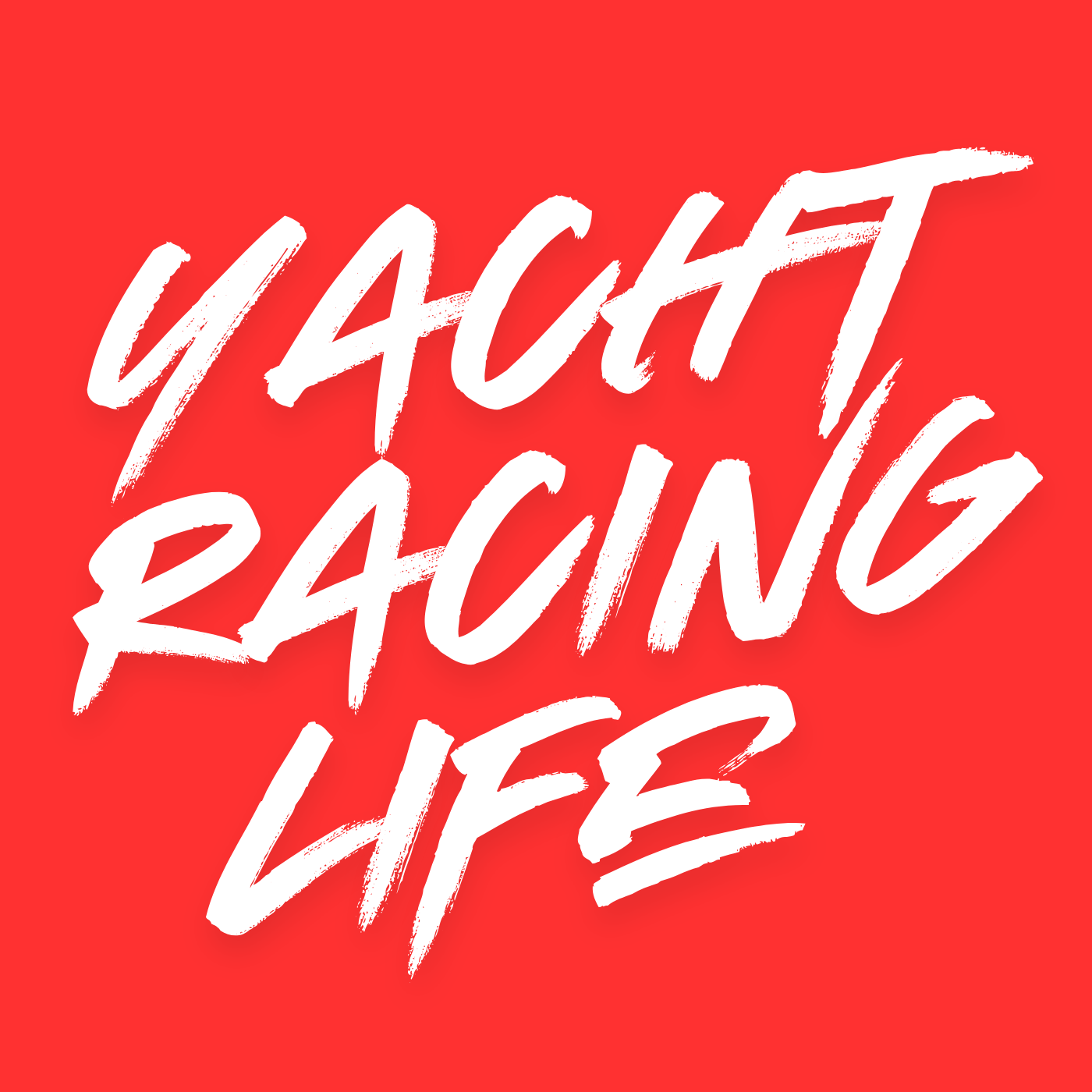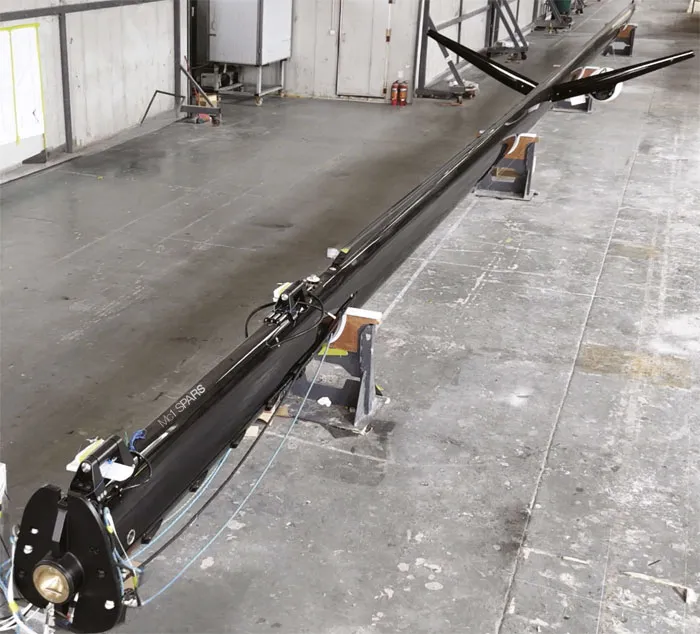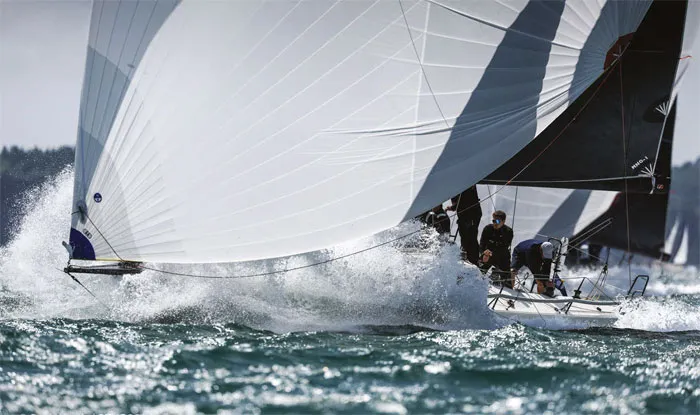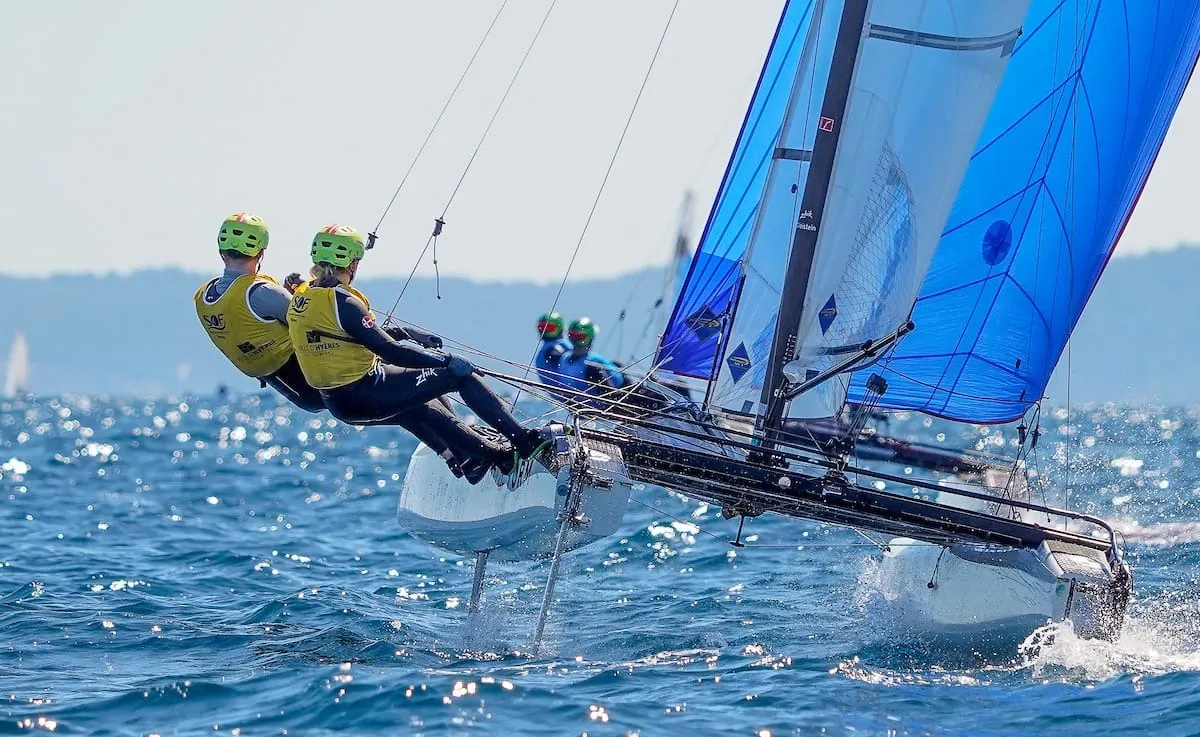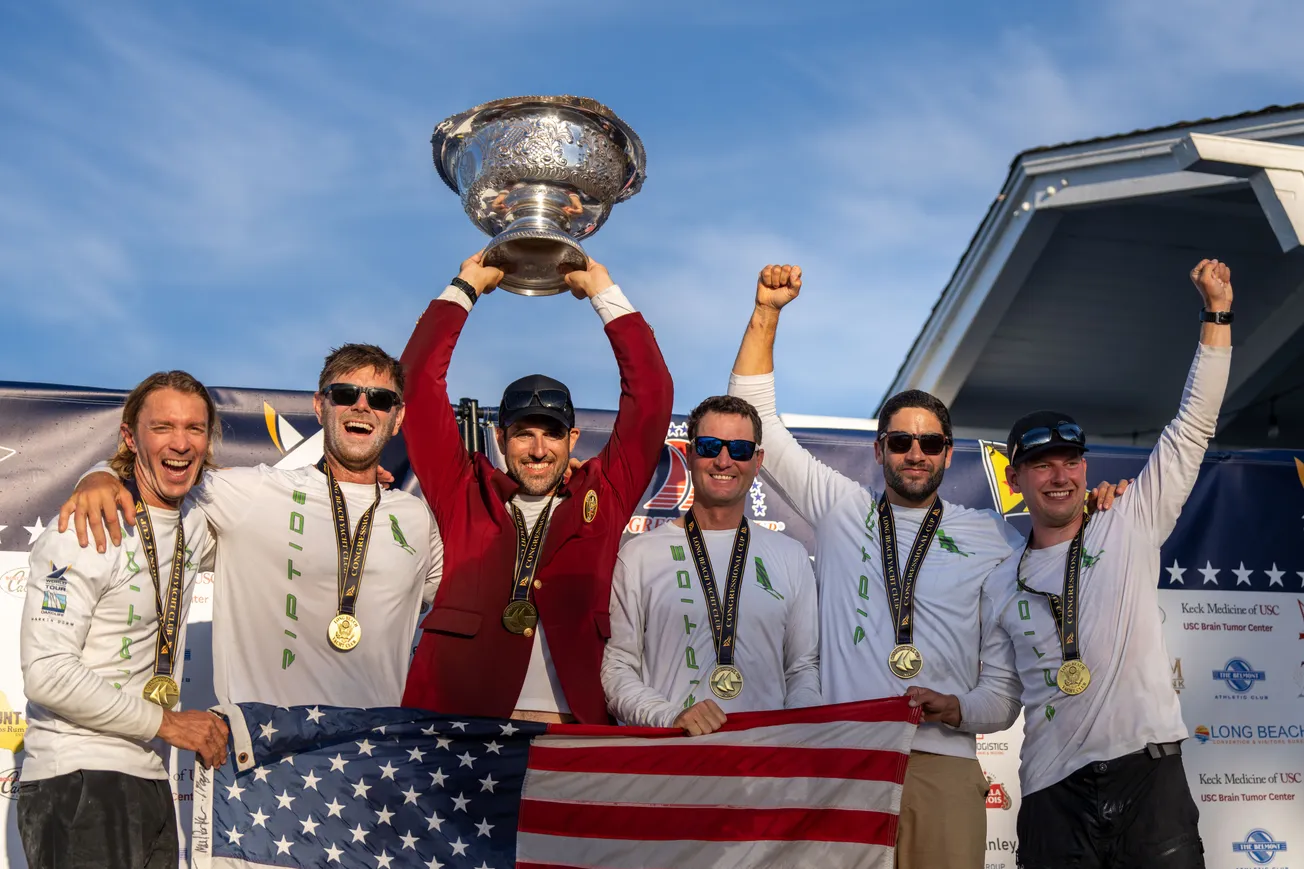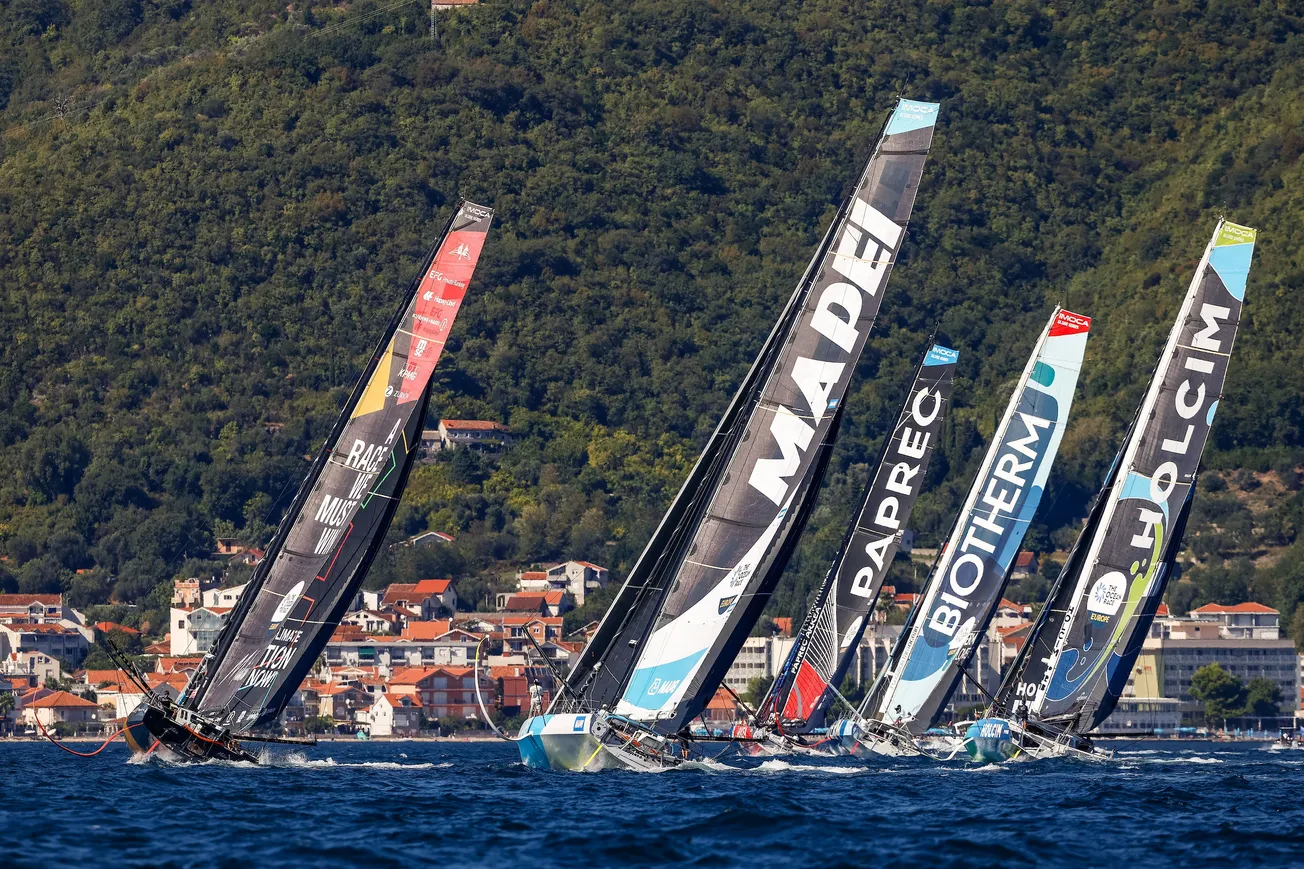


Tom Morris' YouTube channel Mozzy Sails regularly attracts star names from the America’s Cup like Dan Bernasconi, Ray Davies, Rodney Ardern and many other top sailors, to offer their insights on the latest developments.
Morris is also a world-class dinghy sailor and winner of the champion of champions regatta, the Endeavour Trophy in 2022 when he was representing the RS800 fleet as their national champion that year.
Can you tell us about an Allen product you’ve helped develop or improve? What was the challenge that needed solving?
There's been a few, but the most obvious is the swivel cleat for the RS800 jib, common in many skiffs. The rope needs smooth 360-degree movement, and with the crew on the trapeze, precise cleating is crucial. Any play in the base makes it unusable. Allen Bros redesigned it from the base up, using a wide-spread ball-bearing swivel for easy rotation and zero play. Instead of a fixed eye, we added two ball-bearing sheaves on their own swivel base, allowing independent rotation for perfect line alignment. The final concept gives smooth, reliable trimming— even in light winds or when the crew is far forward, wrapping the sheet through 180 degrees. A huge improvement over anything we’d used before.
Have any innovations from Allen Bros changed the way you sail or rig your boat?
Each small innovation gives you more margin in each manoeuvre and every time a control is adjusted. The swivel cleat above has encouraged me to trim the jib sheet more rapidly in unison with the mainsheet, as well as either side of each tack. I am not sure that any of these refinements really change the way I sail the boat, it’s more that they allow me to sail the boat the way it was designed and the way I feel it needs to be controlled.
When testing new hardware, what aspects do you focus on the most – durability, weight, efficiency, or something else?
Durability and efficiency. Weight is very dependent on where the hardware sits within a class’s weight restrictions. If it's weighed with the hull and the choice is between upsizing a pulley, or choosing more robust sheaves and bearings, or putting lead in, then the decision is simple. For controls outside of the weigh-in, then I will consider moving to smaller sheaves and low friction rings. But function has to come first.
What’s the process like when working with Allen Bros on new hardware? Do you get prototypes, suggest tweaks and retest?
I have ideas, but honestly the Allen team are all very good sailors and the Team Allen sailors cover a wide range of classes. Ideas come from across the spectrum. Mostly I come with struggles and they either have an idea themselves, or have seen it solved or encountered elsewhere. Swivel cleats, trapeze rings, soft spring cam cleats, vang levers, rudder pintles, traveller cars. Being a small UK-based company, they are quick to react and often the time from sketching an idea to having a part will be 48 hours. The limitation is really getting time in the boat to test it in a range of conditions. I think then at the end of that process is the harder work of optimising production and understanding where the market is.
Is there anything that sets Allen Bros apart in their approach to working with sailors?
They are sailors and they listen. They never dismiss a problem as user error and are always open to the idea of engineering the solution.
How do you see the partnership between manufacturers and sailors evolving in the future?
I don't really like the idea of being “sponsored”. It’s a partnership, a team. Allen Bros are invested in my performance but that's a two-way street. They can only help me improve if I provide them with accurate information. Proper data-gathering tools are now widely available, which have great potential in helping these relationships between sailors and key suppliers to flourish. Other sailors in the fleet see benefits in the hardware that hits the market and ultimately that has more value than just a sticker on a sail.
Get all areas access to Yacht Racing Life with a Full Membership free 30-day trial. There's no obligation and you can cancel at anytime.



